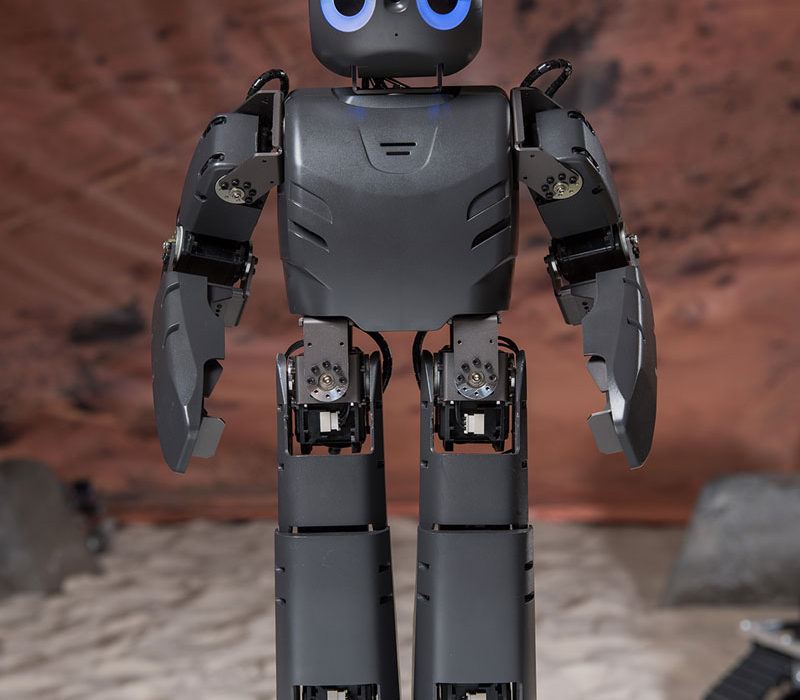Georgia Tech’s Ayanna Howard has developed Darwin, a socially interactive robot that encourages children to play an active role in physical therapy.
Darwin is still evolving (pun intended) and has not yet been commercialized.
At MIT, Newman Lab researcher Hermano Igo Krebs has been using robots for gait and balance neurorehabilitation for stroke and cerebral palsy patients since 1989. Krebs’s technology continues to be incorporated into Burke Rehabilitation hospital treatment plans.
Join ApplySci at Wearable Tech + Digital Health + NeuroTech Boston – Featuring Roz Picard, Tom Insel, John Rogers and Nathan Intrator – September 19, 2017 at the MIT Media Lab
